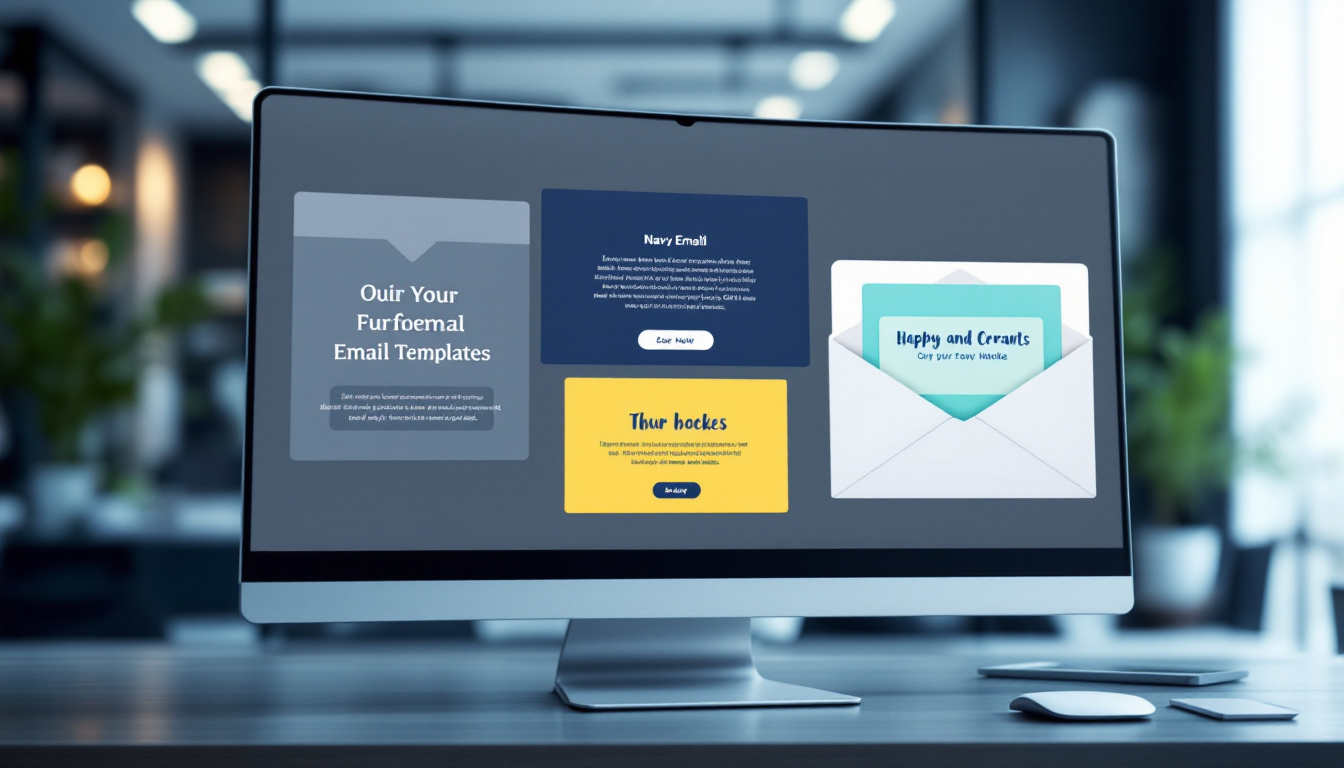The crucial challenges of a feedback session for a key project: promoting evaluation and continuous improvement
In the professional context of 2025, the ability to effectively organize a feedback session with an employee on a key project is central to the continuous improvement strategy. With the rise of collaborative environments and increasing digitalization, authentic and structured communication is becoming a strategic lever for strengthening overall performance. Leaders must implement appropriate mechanisms to collect constructive feedback while maintaining a positive and motivating relationship. When well-prepared, feedback sessions become a powerful tool for aligning efforts, identifying areas for improvement, and recognizing individual successes. In 2025, this practice expands to encompass collaborative exchange models, integrating both the evaluation of results and the projection of ambitious new objectives. This process also becomes a catalyst for strengthening transparency and team cohesion. Furthermore, when properly structured, the feedback session helps prevent misunderstandings and anticipate potential resistance or frustration. The key lies in the ability to structure communication based on concrete examples and to update email templates for optimal effectiveness. The fundamentals for preparing an engaging and professional email template Designing an effective email template must meet several criteria to ensure employee engagement and a clear message. The structure must be clear, concise, and adapted to the context of the key project in question. Here are the essential elements to consider:
A precise and engaging subject line
: for example, “Organizing a feedback session on project X.”
A polite and personalized introduction
: Reiterate the value of the process and value the employee’s involvement. Clarification of the purpose of the meeting : Encourage transparency and active participation.
- A proposed date and format : Adapted to everyone’s availability, including options.
- An invitation to prepare specific points : To maximize the exchange.
- A warm closing formula : Emphasize the collaborative dimension.
- To enhance the impact, it is useful to include a link to a shared calendar or a communication platform (Teams, Zoom). The use of adaptive formulas can also make all the difference. Here is an example of content for this type of email:
- Element Content
- Subject Feedback Session Proposal – Project X
Introduction
Purpose of the meeting
| Discuss the results obtained, the difficulties encountered, and jointly define areas for future improvement. Date Proposal | Can we consider next week? I suggest Tuesday or Thursday, at 10:00 a.m. or 3:00 p.m. | |
|---|---|---|
| Call for Preparation | Please consider your points of satisfaction and the topics that need further discussion to make this session as constructive as possible. | |
| Closing | ||
| I look forward to speaking with you. | The Benefits of a Suitable Email Template for a Constructive Feedback Session Proposal | |
| Adopting a well-calibrated email template has several benefits for both the company and the employee. First, it facilitates planning by reducing miscommunication or oversights. Second, it fosters a climate of trust by demonstrating that the evaluation is conducted with a constructive, rather than punitive, perspective. | A good template also ensures consistency in the messages sent, avoiding misunderstandings or misinterpretations. It serves as a true reference for discussion, incorporating key elements such as: | |
| A clear context | The specific objectives of the session | |
| The terms of the meeting | An invitation to active participation |
A positive and motivating tone
It’s also a good idea to include links to resources or reference documents in your email templates to encourage effective preparation. By structuring your communication in this way, you transform a simple formality into a moment of productive exchange, promoting individual and collective performance. Benefits Involvement Better organization
Reduced oversights and misunderstandings
- Strengthened climate of trust
- Collaborative and positive approach
- Consistent messages
- Clarity in objectives and procedures
- Increased engagement
Active employee participation
| Time savings | Smooth and efficient process |
|---|---|
| Strategies for encouraging an employee to participate in a feedback session on a key project | Encouraging an employee to participate in a feedback session requires a strategic approach. The key lies in the ability to convey the value of this approach as part of their professional development. Appropriate communication also helps overcome reluctance and build engagement. |
| Here are some effective strategies: | Emphasize the collaborative dimension: emphasize that the goal is to improve together, not to criticize. |
| Emphasize the positive impact: show how feedback can lead to concrete and rewarding developments in their career path. Offer a reassuring environment: specify that the session will take place in a supportive and confidential environment. | Use inspiring examples. |
| : discuss successes where feedback led to significant innovations or improvements. | Facilitate participation: offer multiple time slots or a videoconference session for greater flexibility. |
| In addition, it is a good idea to provide email templates to follow up or confirm participation, such as those available in this link. Without this proactive approach, even the best organization can fail to effectively engage employees. | Strategy |
Expected effect
Promote collaboration Increased commitment and involvement Highlight the positive impact
Strengthened motivation
- Create a reassuring environment Reduced resistance
- Sharing inspiring experiences Trust and exemplary behavior
- Flexibility in participation Increased participation rate
- Email templates to ensure the success of a post-project feedback session After the completion of a key project, proposing a feedback session is part of the continuous evaluation process. It not only allows you to measure the results achieved, but also to identify areas for improvement for future challenges.
- Email templates for this step should combine professionalism with a motivating tone. Here’s an effective outline: Element
Content Example SubjectProposal for a Feedback Session Following Project Y
| Introduction | Objectives |
|---|---|
| Share your impressions of the progress, gather your suggestions for improvement, and recognize your contribution. | Date Proposal |
| Would you be available next week? I suggest Tuesday or Thursday at 2 p.m. | Encouragement |
| Your perspective is valuable in helping us do better on the next project. | Closure |
| Best Communication Practices for an Effective Feedback Session on a Key Project | To ensure that |
| communication | around a |
feedback session
To be effective, certain fundamental rules must be respected. Advance preparation, pedagogy in the wording, and the overall tone of this approach are all important to avoid the perception of control or negative criticism. Here are some essential tips: Simplify the message: avoid jargon, prioritize clarity.
Adopt a positive and constructive tone: value efforts while suggesting areas for improvement.
| Structure the discussion: combine personal assessment with future goals. | Build a climate of trust: emphasize confidentiality and goodwill. |
|---|---|
| Encourage self-assessment: involve the employee in formulating the feedback. | Then, the use of collaborative tools and the implementation of regular feedback reinforce the dynamic of continuous improvement. To learn how to develop a successful communication strategy, you can consult this guide. |



